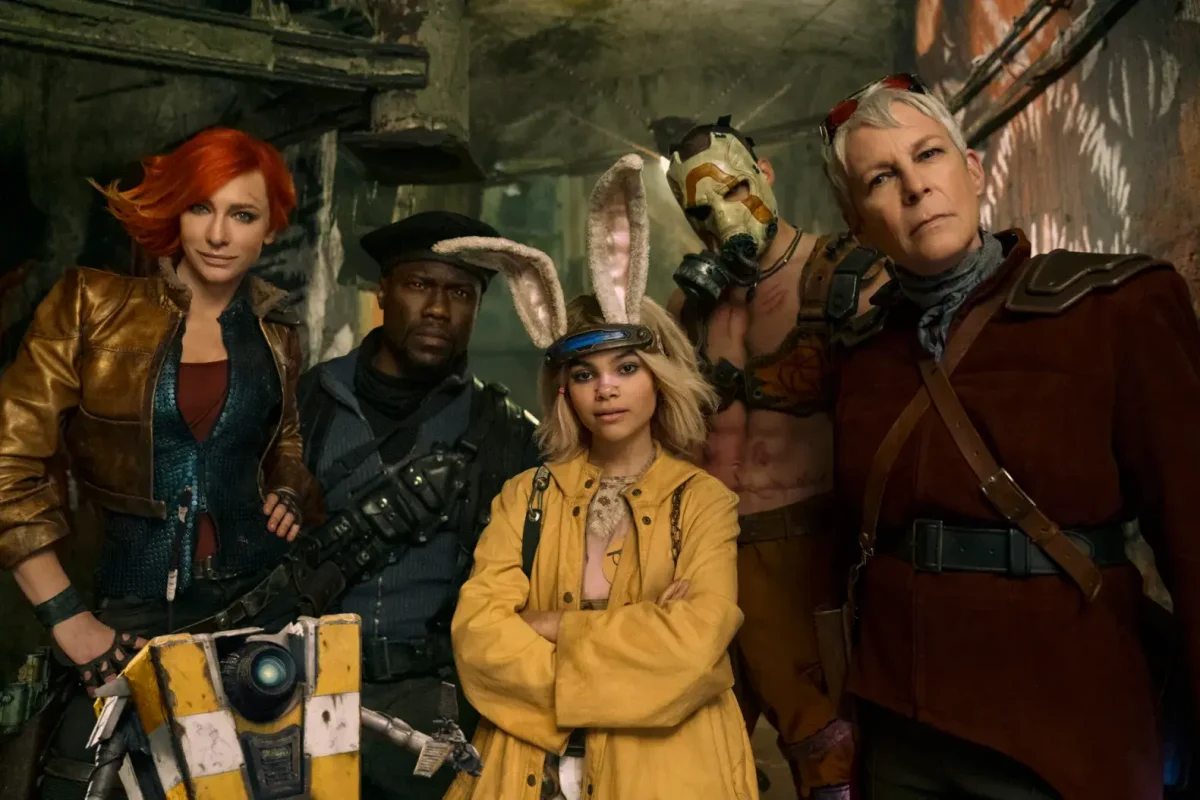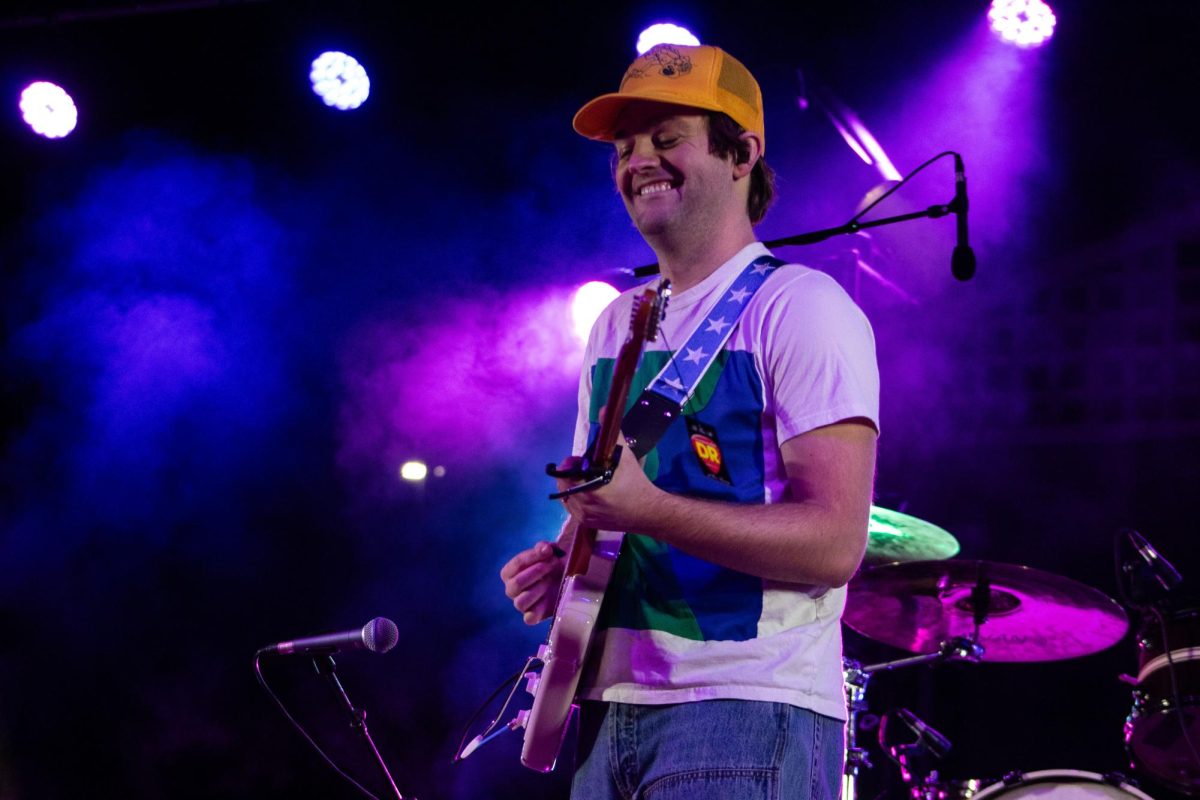From three simple words delivered by celebrity actor Jack Black, “I am Steve,” the recently released “A Minecraft Movie” trailer spawned a plethora of internet memes rooted in scorn, sarcasm or just plain parody.
The film is slated to release in theaters on April 4, 2025, but many are already anticipating it will be a financial flop for Warner Bros. With a nearly decade-long troubled production that has been passed through the hands of several directors, “A Minecraft Movie” is not a rarity in the genre of video game to silver-screen adaptations.
That is, adaptations that are in my opinion travesties to the human senses.
In the same vein, “Borderlands” (2024) cannot be described as anything other than a failure of the highest caliber.
Similar to “A Minecraft Movie,” “Borderlands” faced nearly 10 years of development — consisting of multiple scripts being written, rewritten and several reshoots when the project actually started rolling.
As a result, “Borderlands” grossed approximately $30.9 million worldwide against a reported $145 million budget, including marketing and distribution costs.
People — die-hard fans and casual movie-goers alike — were not even hate-watching the film; they were simply not going to see it.
A large point of contention between these two adaptations — “A Minecraft Movie” and “Borderlands” — was the casting choices. With household names such as Jack Black, Jason Momoa and Jennifer Coolidge filling out the roster of “A Minecraft Movie” and Cate Blanchett, Jamie Lee Curtis, Kevin Hart and Jack Black (again) starring in “Borderlands”, why have the actors attached to these projects been one of the biggest bits of criticism in the conversation?
In an attempt to appeal to as wide of an audience as possible, many studios seem to seek out as many celebrities as possible who are willing to sign on to an adaptation of a franchise they have probably never heard of. Reportedly, A-list celebrities command large paychecks which inevitably carve out a large portion of a budget that is most likely already stretched pretty thin.
And, in the end, the films do not perform well anyway. Star-studded does not equal success.
Recently, only a few video game-to-film adaptations have proven successful — in the critical and commercial sense.
“Arcane: League of Legends” (2021), “The Last of Us” (2023) and “Five Nights at Freddy’s” (2023) all garnered more than enough praise and profit to greenlight seasons twos and sequels, each of which are currently in varying stages of development.
“Arcane: League of Legends”, created by French animation studio Fortiche in collaboration with Riot Games, was met with overwhelming acclaim for its writing, characters and stunningly stylish combination of 2D and 3D animation. The show’s second season is scheduled to be released on Netflix in three parts — similar to its first season — with Act I arriving on Nov. 9.
“The Last of Us” (2023) was star-studded in its own right with leads Pedro Pascal and Bella Ramsey.
“Arcane” and “The Last of Us” differ in how much they rely on their respective source material. “Arcane” originates from “League of Legends”, an online player-versus-player game that mostly lacks any substantial story to keep up with. “The Last of Us” (2023) follows the 2013 single-player game’s story almost to-a-T.
“Five Nights at Freddy’s” (2023), which stems from an indie game franchise with a notoriously convoluted amount of lore, roughly did its own thing as a movie adaptation and was able to stand on its own in that way.
Similarly, “The Super Mario Bros. Movie” (2023) was able to flourish with the freedom of next-to-no plot limitations and its own iconic characters, becoming the second highest-grossing film of the year with a voice cast of well-known celebrities including Chris Pratt, Anya Taylor-Joy and Jack Black (again).
The majority of success stories in the video game to theater (or streaming) screen adaptation scene have been in the last decade — or even just in the last five years. With both Steam and Playstation reporting record highs in concurrent players and monthly active users in 2023, the rise in popularity of video game adaptations could be partly attributed to the fact that gaming is becoming a much more mainstream hobby.
There is certainly a market of gamers who would jump for joy at the opportunity to see their favorite characters and series come to life on the big screen. However, Hollywood has a track record of hits and misses with the whole “adapting it well” part.
Video game adaptations have never really been able to catch a break in terms of what the public seems to want or not want, judging by the history of successes and failures.
Should they cast celebrities because “The Super Mario Bros. Movie” worked or not cast celebrities because of what happened to “Borderlands”?
Should they exercise creative freedom with storytelling like “Arcane” or follow the source material as closely as possible like “The Last of Us”? However, both of those series proved successful — so which is the right course of action?
It certainly is not an enviable position to be in. With dozens of announced video game adaptations at various or unknown stages of production, fans spanning the entire spectrum of gaming will just have to wait with bated breath until they are either delighted or disappointed by what they witness.









